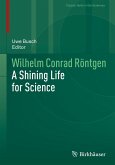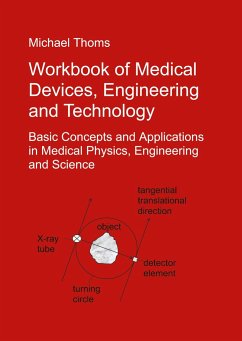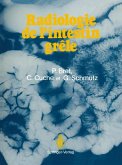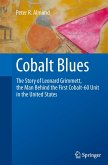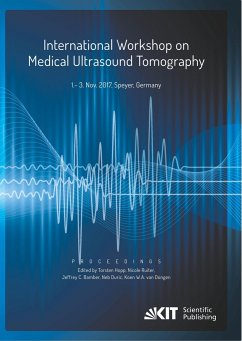It was one of the great moments of humanity when Wilhelm Conrad Röntgen (1845- 1923) discovered a new kind of radiation on 8 November 1895. He himself modestly called them "X-rays". Röntgen's name and his rays became world famous. On 10 December 1901, Röntgen received the first Nobel Prize in Physics. X-rays have lost none of their appeal since then. They still permeate all areas of science, technology and medicine and accompany us in our everyday lives.
However, Röntgen's scientific work cannot be reduced to this one great discovery alone. He was an excellent natural scientist, and his spirit of research is still an example for many scientists today. Röntgen's very special interest in precision physics is also more topical than ever.
This carefully curated volume offers a multifaceted view of an outstanding natural scientist and provides insights into his personal legacy.
However, Röntgen's scientific work cannot be reduced to this one great discovery alone. He was an excellent natural scientist, and his spirit of research is still an example for many scientists today. Röntgen's very special interest in precision physics is also more topical than ever.
This carefully curated volume offers a multifaceted view of an outstanding natural scientist and provides insights into his personal legacy.
"A unique and valuable aspect of this biography is the detailed analysis of Röntgen's many scientific contributions in addition to his discovery of x-rays, which seems to have eclipsed his other considerable scientific achievements. ... This new biography is an important and well researched contribution to the literature on Röntgen and will appeal not only to radiologists, allied professionals and medical/science historians but also to other scientists who have benefited from his legacy." (Arpan K Banerjee, RAD Magazine, May, 2022)


